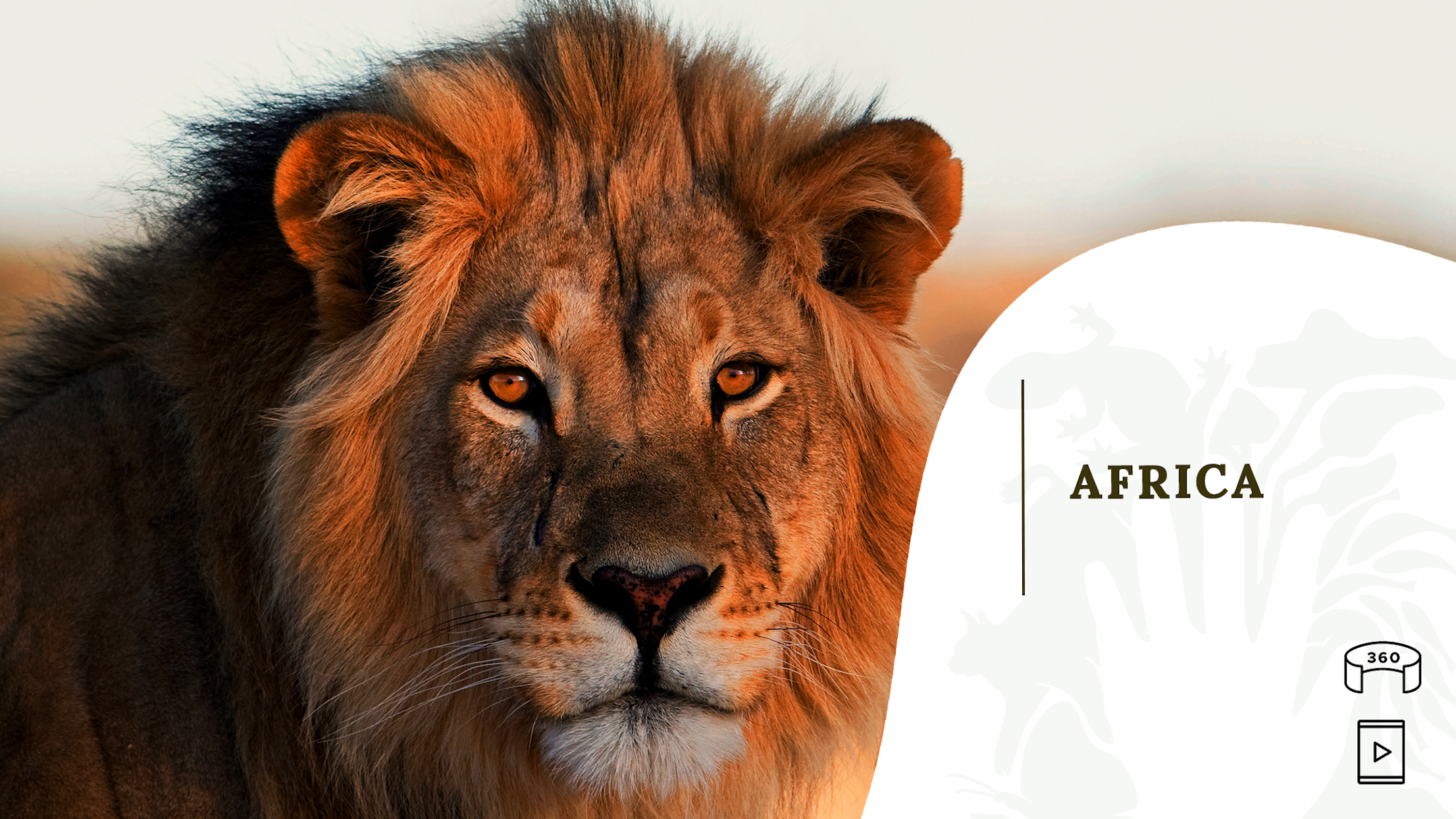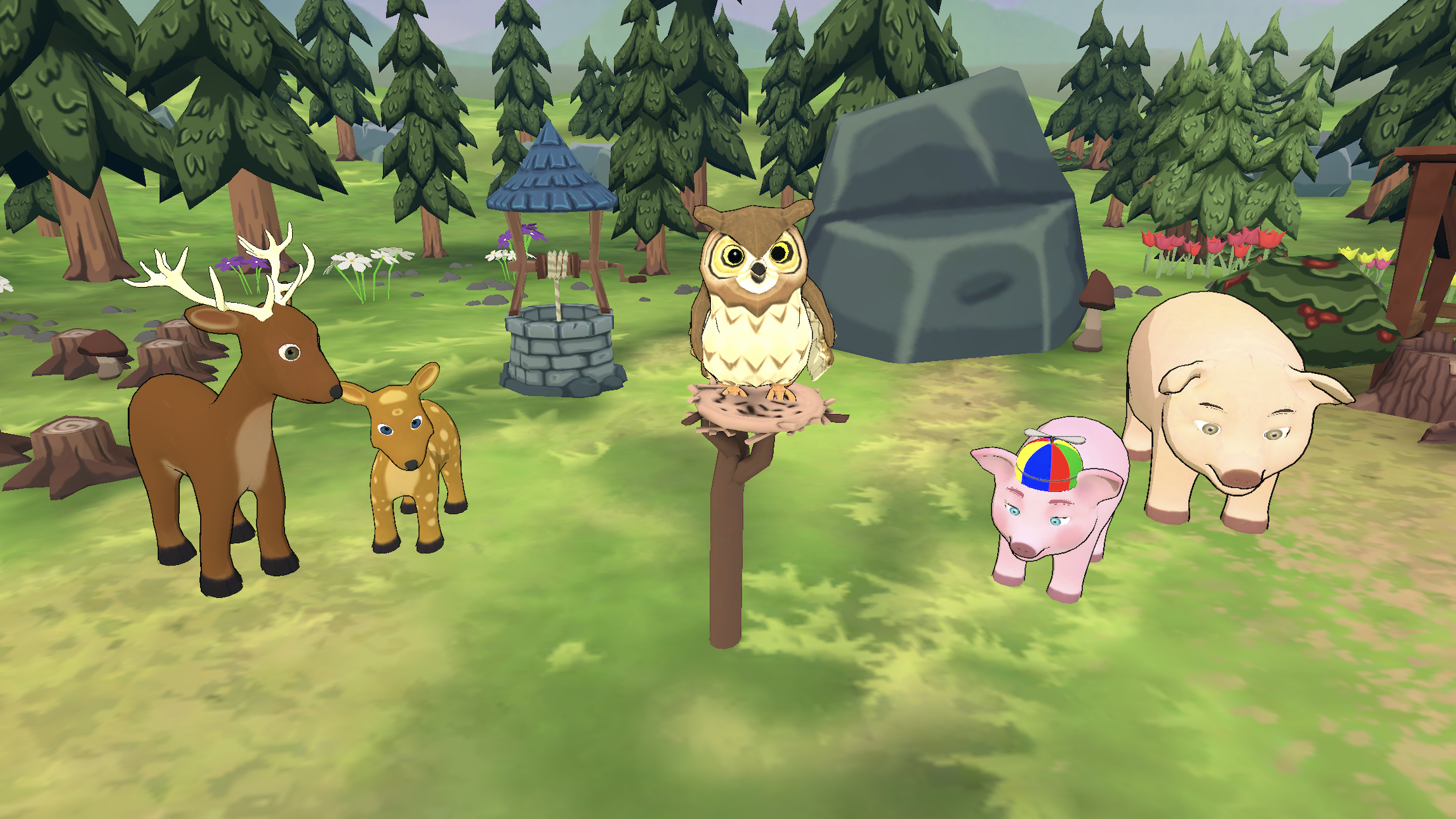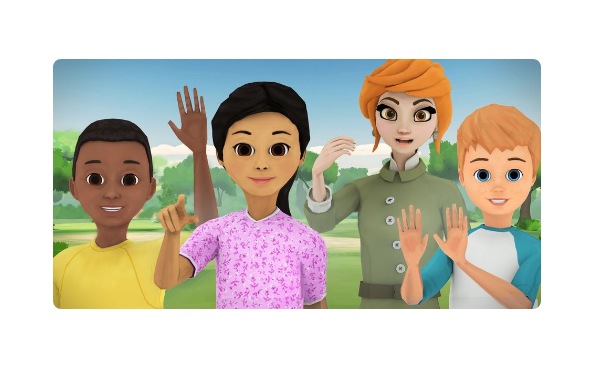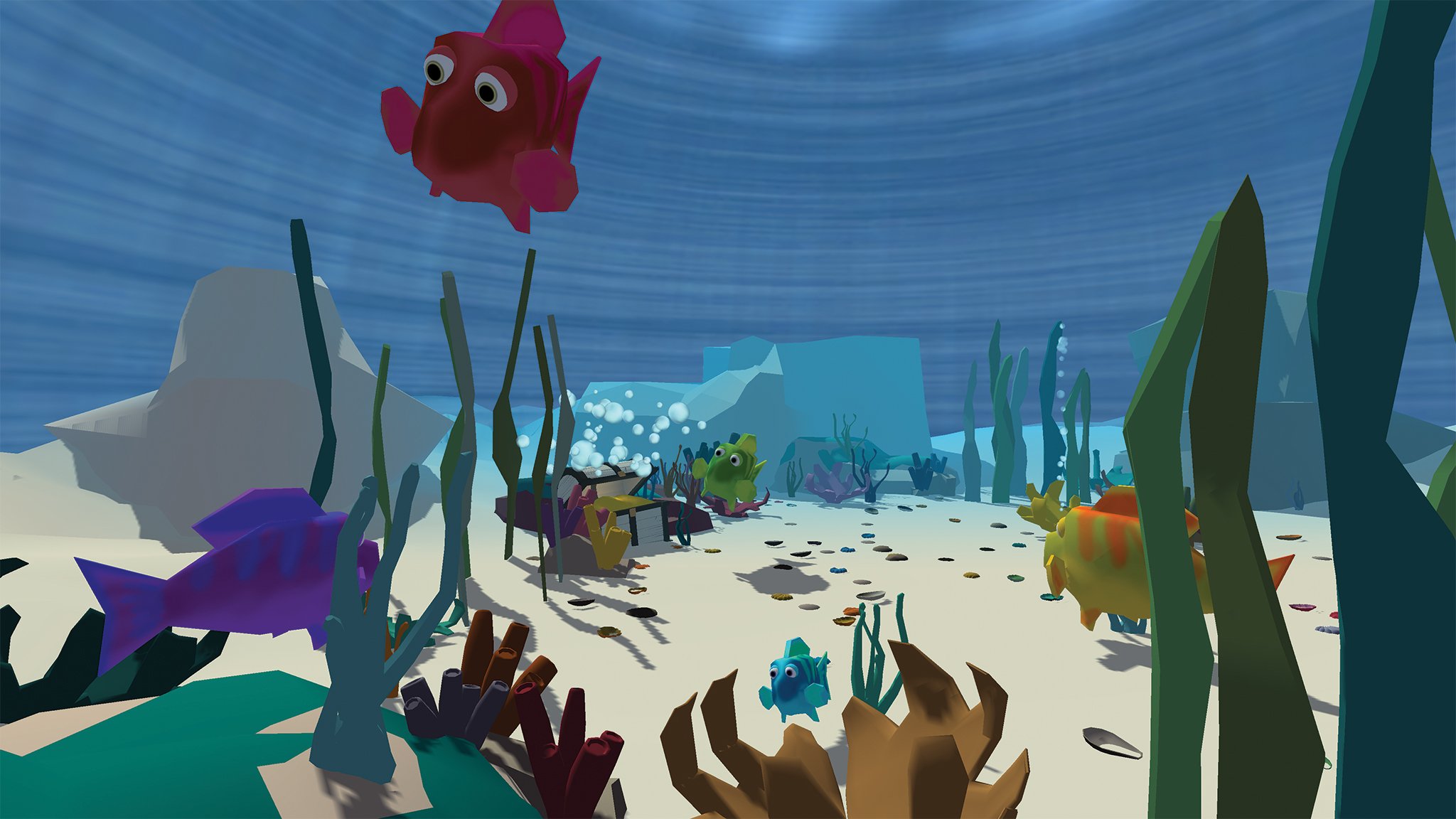
We recently lost an icon: internationally renowned scientist Jane Goodall (1935-2025). Dr. Goodall played many roles throughout her lifetime. These roles included those of ethologist, humanitarian, environmentalist, and conservationist. Her awards and accolades are numerous and were earned over decades of dedicated work. She founded organizations and spoke to countless groups. Dr. Goodall was able to accomplish so much by bringing people together, telling stories and finding common ground. She was active in her work and was giving interviews as recently as a month before her passing. She was truly an inspiration.
At Floreo we are lucky enough to have several videos in our library that are introduced by Dr. Goodall herself. Four videos featuring her at the beginning include "Africa," "Asian Wildlife," "Reptiles & Marsupials," and "Wild Tropics." These videos provide Floreo Learners with an opportunity to observe and learn about specific elements of the natural world and their importance to us. As relatively short videos, they scratch the surface of the information that is to be explored in these regions and with these animals. If you would like your Learners to investigate beyond what is presented in the videos, here are some ideas.
The Africa lesson highlights the African Savanna, one of seven natural biomes on that continent. The featured animals are the zebra, giraffe, mongoose, flamingo, lion, elephant, wildebeest, and chimpanzee. After the Floreo lesson, ask your Learners to research the additional six African biomes and find them on a map. Your Learners might enjoy finding out more about the interesting relationship between the giraffe and the acacia tree, or the difference between the greater flamingo and the lesser flamingo. Near and dear to Dr. Goodall's heart were the chimpanzees. Ask your Learners to explore tool use in chimps and how chimps pass down their knowledge of tool use to younger generations.
In Asian Wildlife, the Learner is introduced to the varied climates and landscapes of Asia, home to the wild water buffalo, the giant panda, the reticulated python, the tufted gray langur, the Indian flying fox, and the Sri Lankan dung beetle. Questions for your Learners to explore might be: What other animals are considered bovids (or bovine)? What is the typical diet of giant pandas? Why is this python referred to as “retriculated”? Why is the Indian flying fox called a fox when it is actually a bat?
The common water monitor, the Indian Cobra, the Australian sea lion, the red kangaroo and the koala are all featured in the lesson, Reptiles & Marsupials. Do your Learners know what the opposite of nocturnal is? They might benefit from understanding how fishing nets can endanger mammals that live in the ocean. Expand on science vocabulary by defining and describing the difference between grasses and forbs. An outside experiment after watching this video might be to feel what 1 gram (the weight of a koala at birth) feels like when you hold it in your hand.
Wild Tropics brings the Learners' focus to the Amazon rainforest and the capuchin monkey, the yellow-spotted Amazonian turtle, the jaguar, the emerald boa, and the sloth. The lesson explores how these animals behave in order to protect themselves. Your Learners might be curious about how different animals take advantage of camouflage, where the Amazonian rainforest is on the world map, and what is affecting the health of the Amazonian rainforest.
Jane Goodall had a lifelong love of animals, but started her career by living in Africa and studying groups of chimpanzees. Prior to her courageous and groundbreaking research, scientists were convinced that tool use was an exclusively human activity. After your Learners watch the lesson on the Chimp, they might be interested in researching the fascinating life of Dr. Jane Goodall.
Jane’s impact on the world has been nothing short of monumental. A dedicated and steadfast advocate, she always carried herself with a calm and grounded grace. Ever the teacher, her introductory words to these videos are not only instructive, but also feel like a personal wish for us all:
Look all around you. Be curious. Be inspired.

.png)




-1.png?width=550&height=250&name=Untitled%20(3)-1.png)